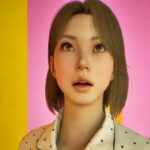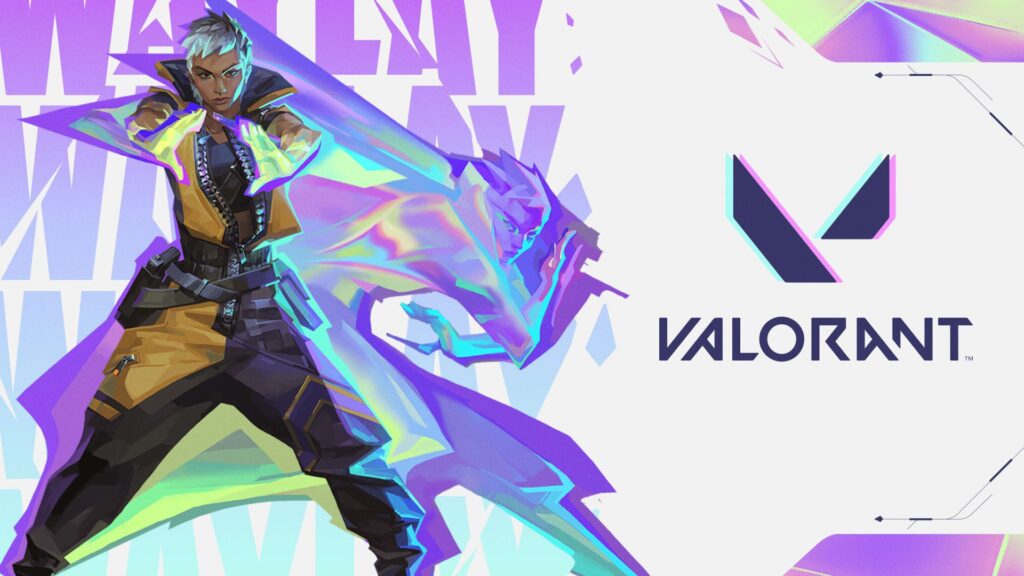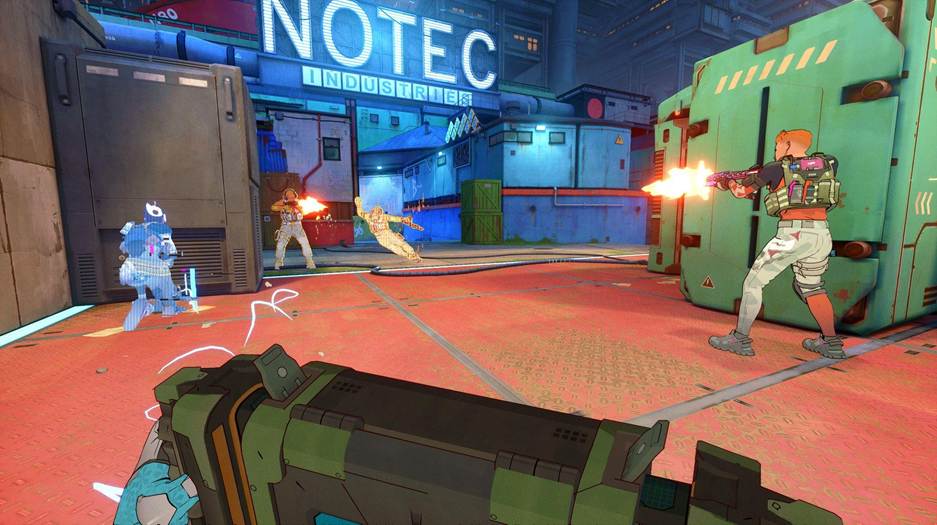In the run-up to Alan Wake 2’s release, I got a chance to visit Remedy Entertainment in Finland, play the game and talk to some of the key people behind its creation. To celebrate, for the next three days we’ll post a major new feature each day, covering new protagonist Saga Anderson, returning hero Alan Wake, and speaking to legendary creative director Sam Lake about the game’s creation, 13 years in the making.
In today’s instalment, to celebrate seeing an exclusive new section of Saga gameplay in the Xbox Partner Preview Show, we’ll be covering Saga’s part in the sequel, and how it’s successfully turned the game into a unique survival horror experience – and much more besides.
You’d naturally expect a game called Alan Wake 2 to focus on, well, Alan Wake. And yet, that’s only partially true.
Half of Remedy’s long-awaited sequel instead introduces a brand new character, Saga – who comes with her own story, weapons, even entire game and storytelling mechanics. Remedy has, in some respects, created two games. Principal Narrative Designer, Molly Maloney has come up with a play on the title to explain what the team has managed here: “Alan Wake, Too”.
That really does sum it up. Alan Wake’s story is naturally crucial to all of this, but you’ll only be playing as him for half the time (more on that tomorrow) – but it’s Saga who’ll be helping to ground us in the return to this world, not to mention sell its new survival horror focus, and even detective game mechanics.
An FBI agent thrust unexpectedly into the mystery, Saga will travel around explorable hub worlds – the familiar Cauldron Lake and Bright Falls, and the new township of Watery – helping to unravel the reality-warped threads of a mystery we’ve been waiting to solve since 2010.
Survival at All Costs
In many ways, Saga, not Alan, is the story’s anchor. Where Alan is stuck in The Dark Place – a nightmarish world that reflects his own fractured psyche – Saga is definitively in our world (albeit one coming apart at the seams in its own way). “She provides an inroad for new players to the franchise,” explains Maloney. “She has a fresh pair of eyes entering Bright Falls – she also gives us a way to be in Bright Falls… Having Saga here to take in the situation from an outside, unbiased perspective, trying to analyze and understand what’s going on here, is really critical to the telling of the story.”
Saga’s also a key part of embedding you in the new gameplay ideas here too. While Alan’s sections are more (but not entirely) focused on puzzling, it’s Saga who exemplifies Alan Wake 2’s shift into full-blown survival horror. Where the original game saw a slightly uneasy mix of dark, measured storytelling and action set-pieces, Saga’s sections drop us into a slower-paced, more panicky form of combat.
The core Alan Wake mechanic survives – removing the darkness shielding enemies by using a flashlight, before taking them down with traditional weapons – but retooled as something like a twisted Resident Evil experience. Ammo, health, and flashlight batteries are scarce; enemies hit hard, and can take a lot of ammunition to take down; tense skirmishes are more prevalent than full-on battles; your camera sits right over the shoulder, reducing peripheral vision; and save rooms are a literal beacon of light in the darkness (although fear not, there is extra checkpointing for trickier sequences).
In the section of the game I played – pulled from Saga’s third main mission – I had to pick my way through an abandoned theme park, Coffee World, complete with all the uncanny, frenetic noises of a fairground still whirring through thick fog. It already feels like a classic set piece. Using the well-lit gift shop as a home base, I crept my way to objectives, spooked myself by hearing noises in the dark, and repeatedly got jump-scared by jabbering Taken on the way.
And if you want to see how frightening and bizarre this can get, look no further than the gameplay we saw during Xbox Partner Preview – Saga creeps through the hallways of a care home, eventually encountering an old woman who seems to be stuck in an invisible pool of water, giving the effect of a horrifying mutation. That only becomes more disturbing when you realise she can disappear into that non-existent water, sneaking up on you with only ripples in the air giving her away. It’s a drawn-out battle, forcing the player to use the environment, multiple weapons, and even a grab escape using a flare judiciously applied to the enemy’s face, exemplifying how strange and scary things will get here.
Cracking the Case Board
There’s a feeling I got as I played; that Saga (in an act of nominative determinism) represents the story of Alan Wake 2, while Alan represents the deep lore. That’s only deepened by her most impressive, unique mechanic – The Mind Place. Pressing the View button on your controller is usually a case of taking you to a game’s inventory menu. Here, it’s much, much more stylish. The game seamlessly switches to a physicalization of Saga’s working brain, a fully interactive room stocked with a Case Board (complete with red string), a desk for profiling suspects, a TV to recall in-game videos, and more.
The Case Board is where I spent most of my time – this is a combined story explainer, hints system, and miniature detective game. As you explore Saga’s story, she’ll accrue information that she can pin to the board, acting like tiny puzzles to help you figure out where to go next. Some of this will be necessary to continue, others are more for completionism. Some will offer added context for in-world puzzles (I had to work out how to unlock a curiously-coded safe, for instance), and some will even offer more insight on the key figures in the story – which takes us to the Profiling desk.
Profiling is much more simple, but just as sleek – picking from a range of files on characters in the game, Saga can use information from her Case Board to unlock extra information about them, complete with live-action overlays pulled right out of previous Remedy game Control’s dreamiest sequences. There’s a real left-brain pleasure in realising you’ll need to switch from game, to Case Board, to Profiling, and back to game in the course of your investigations.
It’s a deeply impressive way to make Saga feel not just distinct from Alan, but necessary, a true partner rather than a sidekick. She has skills he doesn’t, and you’ll need to use both to get by – and that means making her just as compelling a person, too.
“She is a very critical foil to what’s going on with Alan,” says Maloney. “When you look at adding a new protagonist, you’re like, ‘Let’s make somebody who’s not like the protagonist we have.’ And she’s very much her own person, with her own motivations, her own sense of humour – she likes bad puns. She enjoys architecture. There’s all these different weird, interesting, throwaway things about her that show that she has a very well developed sense of self. I just think that that’s like a wonderful perspective to bring to the franchise.”
That idea of perspective is key here – Saga isn’t just another vehicle to tell the story, or a means of explaining new gameplay mechanics. She’s a new viewpoint from which to examine the world of Alan Wake – and it’s one I’m very interested to see more from.
The post Xbox Partner Preview: The Story of Saga Means Alan Wake 2 Is Effectively Two Different Games appeared first on Xbox Wire.










